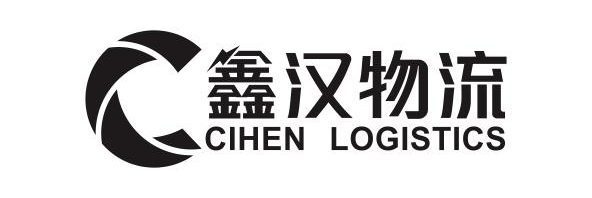The global shipping industry relies heavily on specialized container solutions to transport goods that require unique handling, temperature control, or structural adaptations. Specialized containers, such as refrigerated containers (reefers), open-top containers, flat-rack containers, and tank containers, play a critical role in ensuring the safe and efficient movement of non-standard cargo. This article explores the key considerations, challenges, and best practices for shipping specialized containers by sea.
1. Types of Specialized Containers
Reefer Containers: Designed for perishable goods like pharmaceuticals, food, and chemicals, these containers maintain precise temperature and humidity levels throughout transit.
Open-Top/Flat-Rack Containers: Ideal for oversized or heavy cargo (e.g., machinery, vehicles, or construction materials) that cannot fit into standard containers.
Tank Containers: Used for liquid or gas transportation, such as chemicals, fuels, or food-grade liquids, ensuring leak-proof and secure delivery.
Ventilated Containers: Suitable for cargo requiring airflow, such as agricultural products or textiles.
2. Key Challenges in Specialized Container Shipping
Regulatory Compliance: Transporting hazardous materials, perishables, or oversized cargo requires adherence to international regulations (e.g., IMDG Code, SOLAS) and customs documentation.
Cargo Security: Non-standard shapes or sensitive goods demand advanced lashing, bracing, and monitoring to prevent damage during rough seas.
Temperature Control: For reefer shipments, maintaining consistent conditions is vital to avoid spoilage. Power supply checks and contingency plans are essential.
Route Planning: Ports and vessels must accommodate specialized containers, considering infrastructure limitations (e.g., crane capacity, storage space).
3. Best Practices for Successful Shipping
Pre-Shipment Assessment: Conduct a thorough cargo evaluation to select the appropriate container type and ensure compliance with safety standards.
Customized Packaging: Use tailored securing methods (e.g., dunnage, straps) to stabilize irregularly shaped cargo.
Real-Time Monitoring: Implement IoT-enabled sensors for temperature, humidity, and location tracking to mitigate risks proactively.
Collaboration with Experts: Work with logistics providers experienced in handling specialized cargo to navigate documentation, permits, and route optimization.
4. Sustainability in Specialized Shipping
As environmental regulations tighten, adopting eco-friendly practices—such as energy-efficient reefers, reusable packaging, and optimized load planning—reduces carbon footprints while maintaining operational efficiency.
Conclusion
Specialized container shipping demands meticulous planning, technical expertise, and a proactive approach to risk management. By understanding cargo requirements, leveraging technology, and adhering to global standards, businesses can ensure their high-value or sensitive goods reach their destinations safely and cost-effectively. Whether transporting perishables, hazardous materials, or oversized equipment, the right strategies transform logistical challenges into competitive advantages.
